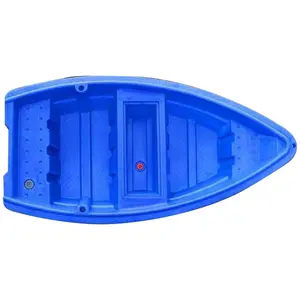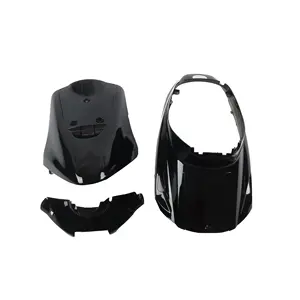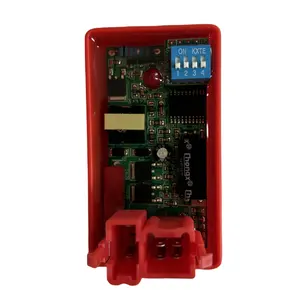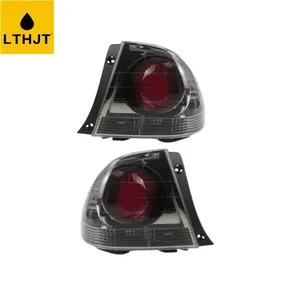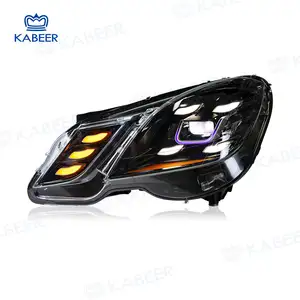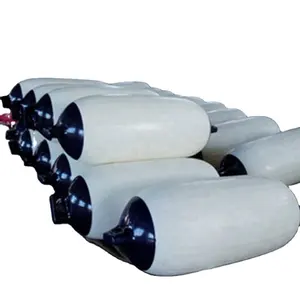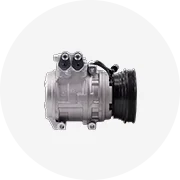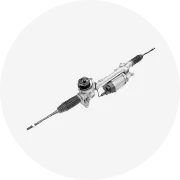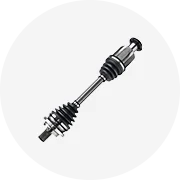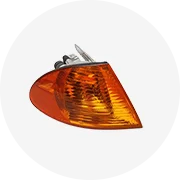Popular na sua indústria







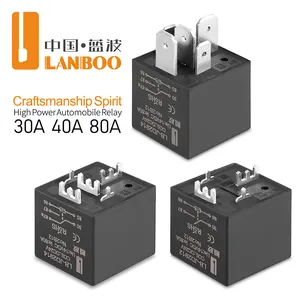
































Buscas Relacionadas:
















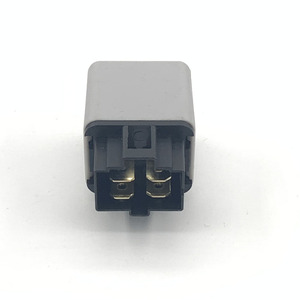















































































































Principais categorias
Sobre relé do poder superior mitsubshi
Alibaba.com oferece vários tipos de relé do poder superior mitsubshi. para venda por fornecedores confiáveis, garantindo produtos de alta qualidade e resultados excepcionais. Eles são construídos para uso duradouro, garantindo durabilidade e ótimo desempenho. Os produtos mais procurados são relé do poder superior mitsubshi. e relés. De automóveis a residências, eles estão disponíveis em diferentes comprimentos e tamanhos para diferentes aplicações.
relé do poder superior mitsubshi servem como funções críticas de comutação em automóveis e outros eletrodomésticos. Eles atuam como conveniências modernas para o funcionamento elétrico. Alibaba.com oferece uma ampla variedade de relés, como relé de tensão, relé eletromagnético e relé sólido. Os produtos são fabricados com matérias-primas de ótima qualidade de fornecedores certificados. Os clientes podem escolher relés automáticos ou de uso geral, bem como relés de alta e baixa potência.
Cada produto é projetado para desempenho superior, garantindo durabilidade. Eles são fabricados com tecnologia avançada e prometem um funcionamento suave. O design elegante permite uma operação fácil e conveniente. O design personalizado é projetado para desempenho ideal. Um catálogo abrangente com informações detalhadas sobre cada produto é fornecido para que os compradores tomem uma decisão informada.
Do sólido ao eletromagnético relé do poder superior mitsubshi, cada comprador pode encontrar um produto adequado que se encaixa seu orçamento. Com fornecedores em todo o mundo, Alibaba.com é um excelente lugar para navegar por produtos de alta qualidade a preços acessíveis. Com vários fornecedores, as necessidades de todos os clientes podem ser atendidas facilmente. Produtos de alta qualidade com infinitas aplicações estão disponíveis a preços lucrativos.
